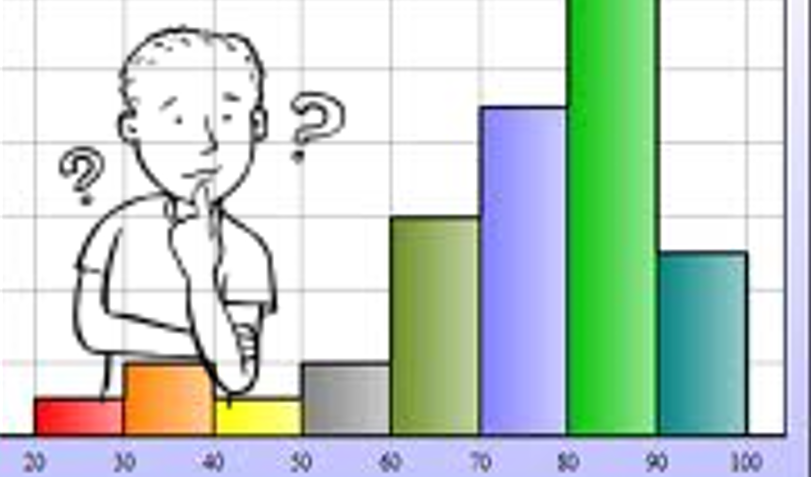Submitted by: Emily Roberts, Abby Hughes and Corbin Wright
Collaborators: Joy McDonald, ITRT
School: Hungary Creek Middle
Summary
Many schools in the New York/New Jersey area lost materials and resources as a result of Hurricane Sandy. In response, HCMS students decided to coordinate and conduct a relief effort for students in these states who lost their classroom learning materials due to the natural disaster. The end result was that New Jersey students in need received new math manipulatives that were created by HCMS math students, and the project was funded by local businesses who were persuaded by the writings of HCMS English 7 students whose persuasive writing skills were honed by GAHS Education Center students. This lesson blends collaborative, cross-curricular efforts between middle and high school students in Henrico County to achieve an authentic, community-service oriented result while simultaneously honing mathematical, critical thinking, research, writing, and presentation skills.
https://sites.google.com/a/henrico.k12.va.us/powerofpersuasion/
TIPC Ratings
Ideal – Both the Math 6 and English 9 students researched and assembled their information in order to successfullycomplete this service learning project. In addition, Math 6 students evaluated websites for validity as they researched the Common Core, Math standards in NJ, and created math manipulatives based on the standards.
English 9 students created interactive lessons designed to teach HCMS students about persuasive techniques. They researched and developed age-appropriate examples/explanations of each persuasive technique, which was a culmination of what they learned through their units on persuasion, learning styles, and writing to a target audience. They used websites, flipcharts that were diverse in media integration, Google Docs, ActiveEngage, and GoogleForms to complete this process.
Ideal – English 7 students chose to use Skype, Google docs, and Google chat to communicate with GAHS students, citing that these communication tools had the functionality they need to accomplish their goals (Google docs allows chats while working on shared documents, and Skype allowed face-to-face time for the intricate feedback that occurred after initial revision process).
GA students collaborated with each other through Socratic discussions and Active Engage in order to determine the strengths/weaknesses of the middle school writing. This would, in turn, be the focus of their Skype conferencing conversations. Lastly, they reflected on the entire process via GoogleForm, analyzing their effectiveness in teaching content and their perceptions on the assignment as a whole.
English 7 students reflected on learning persuasive techniques and writing in a virtual manner versus the traditional manner. They also reflected and set goals for themselves the next time they work within a group.
Math 6 students reflected on both their growth in their mathematical understanding as well as their ability to work as part of a group. In addition, the “Project Managers” reflected on their ability to lead a group and on possible changes they would make in their decision process if they were ever given a similar task in the future.
Ideal – Students were engaged in multiple authentic tasks that required problem solving, and each task was specific to their role in this project. Fundraising for a good cause was an authentic task for all involved, but in addition, 7th grade students wrote a letter to a to persuade businesses to fund their service outreach project. Center for Education students created an monitored the effectiveness of an instructional unit, and math students created math learning materials as well. These activities matched possible tasks of a professional, rather than a typical classroom activity. In addition, these activities provided students opportunities to collaborate and reflect across grade levels and disciplines.
By having students create the lessons, the simple classroom conversations that resulted were practices in authentic problem solving. For example, conversations regarding what types of activities would be best received by middle school students led to true analysis of content and reflection of intent. These conversations resulted in the development of a lesson that was simultaneously student-created and student-centered.
Furthermore, students answered one another’s questions across the grade levels. Middle school students were able to ask high school students questions about writing, and they were able to get authentic feedback from an educated source (other than a teacher). Not only does this emphasize the true nature of collaboration and communal learning, but it provides students a vision for which to aim as they progress on their own path of discovering writing as a real-world tool.
Reflective questioning was present in all grade levels throughout the project. Students questioned one another to determine the best way to develop math manipulatives that were aligned with state standards, they questioned which businesses to proposition and how to best incorporate persuasive techniques into their writing, and they questioned how to effectively provide constructive criticism to other students, resulting in a stronger final product. This project was an example of what continual reflection and learning looks like in the classroom. Objectives were created, reflected upon, manipulated, readjusted, and met- all at the students’ discretion and suggestion.
Ideal-Students were not only engaged in creativity and innovation, they directed the project and produced the results. Students collaborated and researched to determine and design their products. When working towards making these manipulatives available to the school and encountering the innate problem of how the funding for postage would be raised, it was the students that problem-solved and brainstormed which local companies to target for support. Furthermore, when the high school students received the middle school writings and implemented their instructional plans, their collaboration, questioning, and brainstorming led to engaged, student-to-student conferencing, in which they determined the areas in need of focus and developed leading questions and suggestions that resulted in true constructive criticism.
Download Files

Contents:





